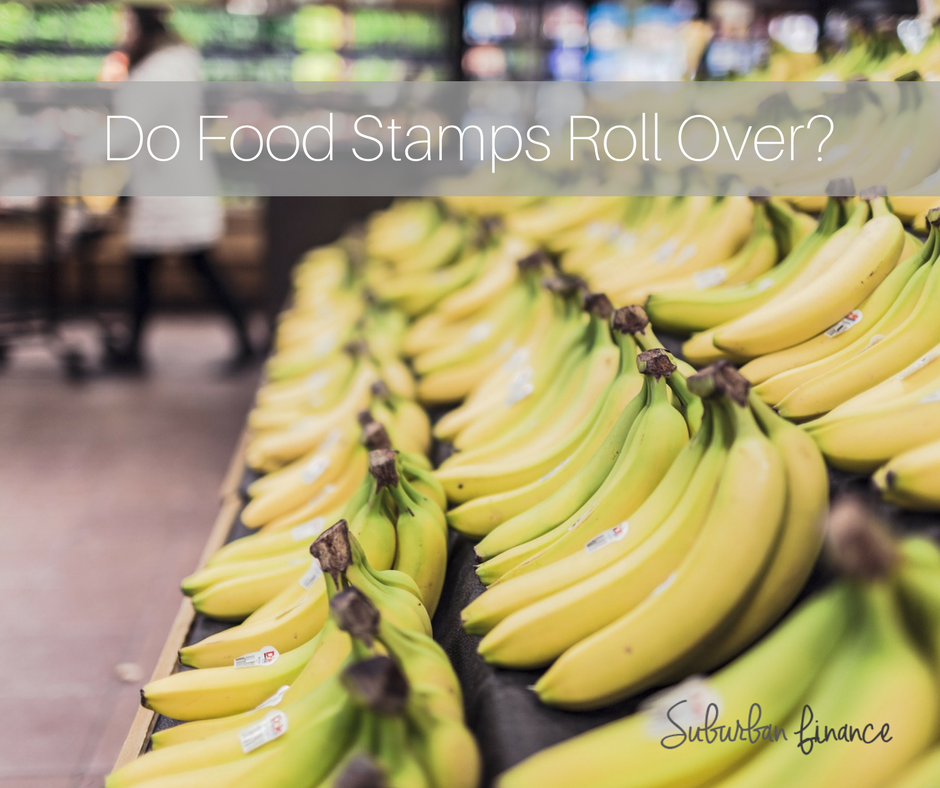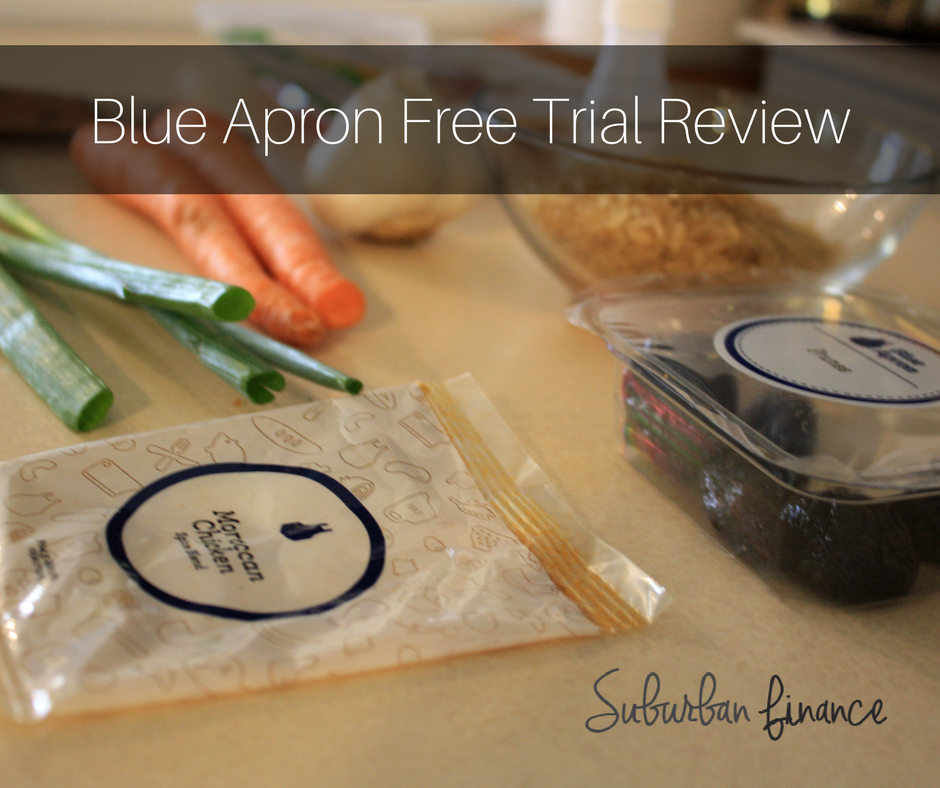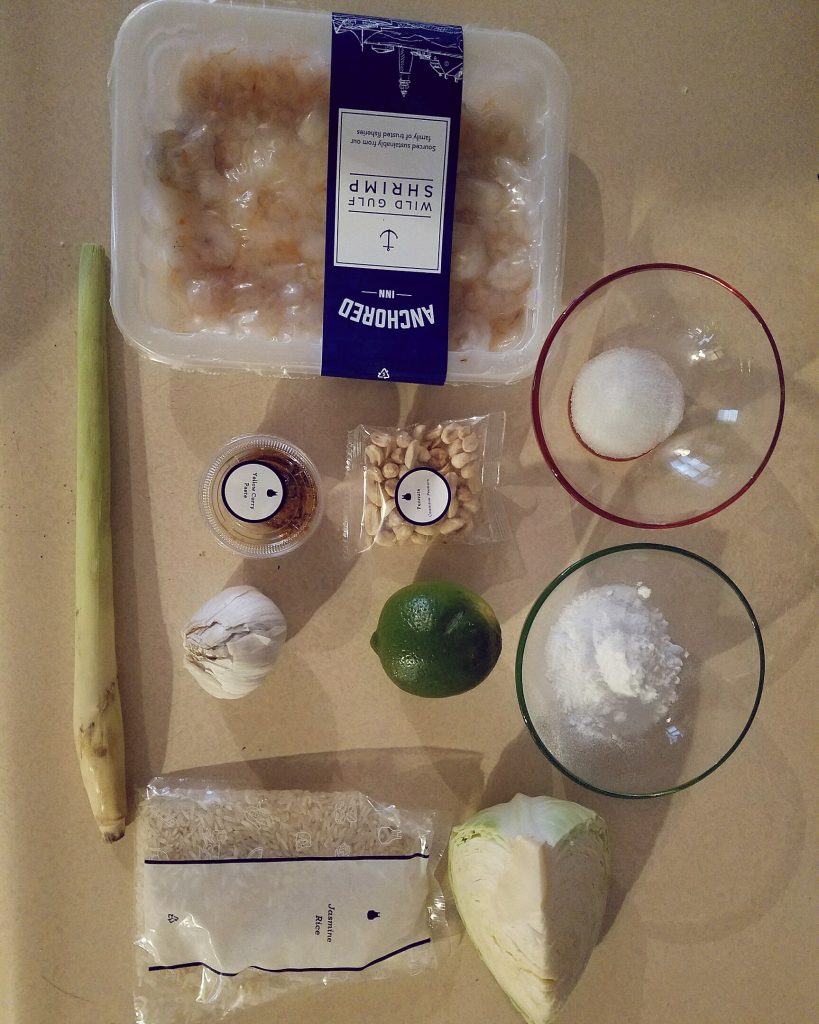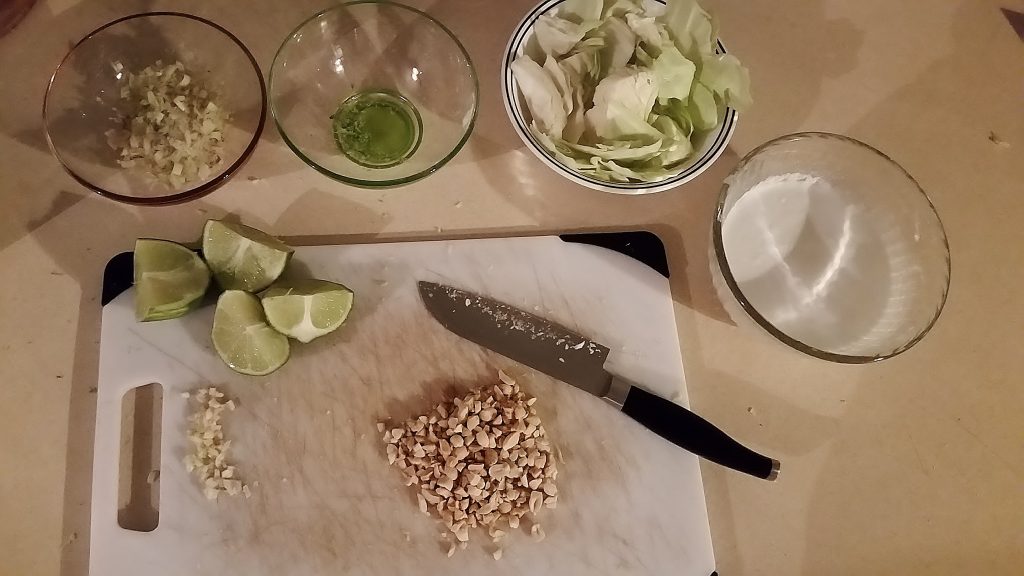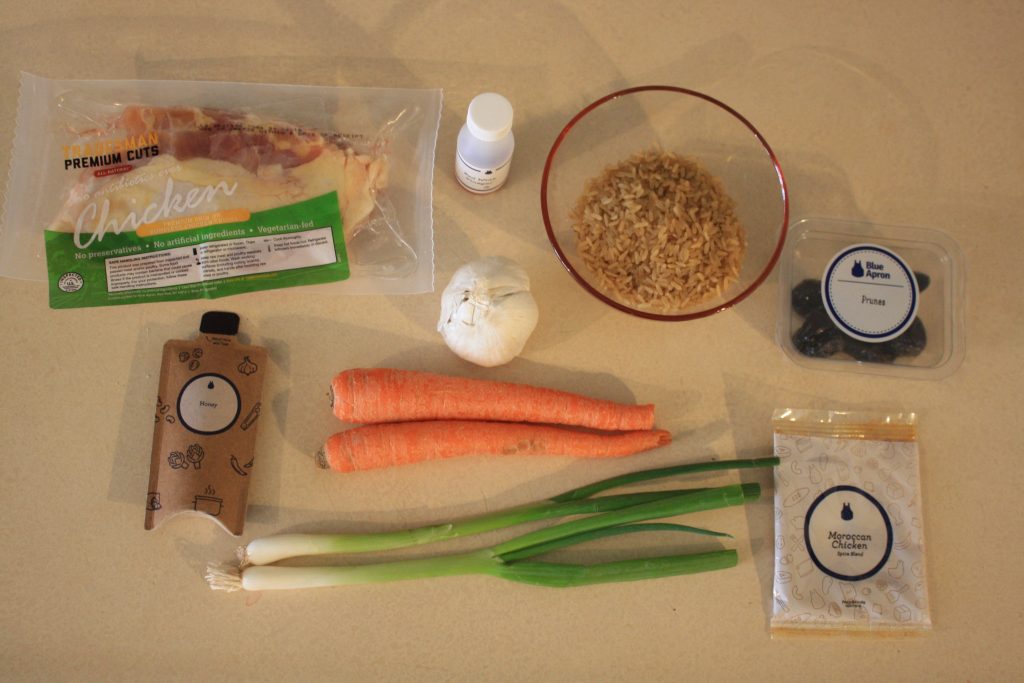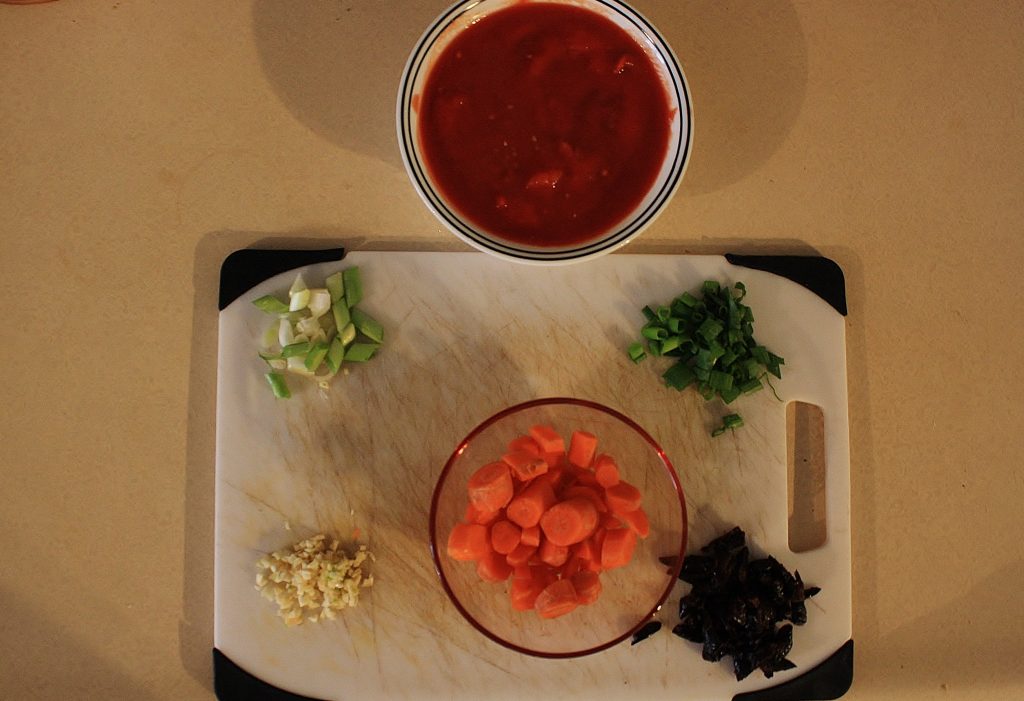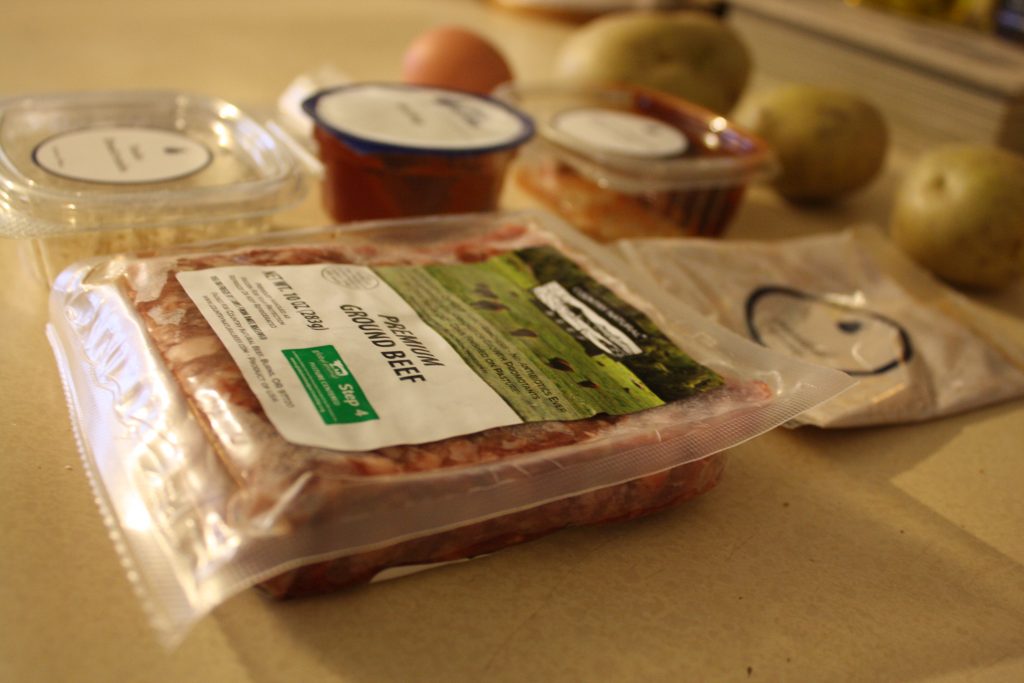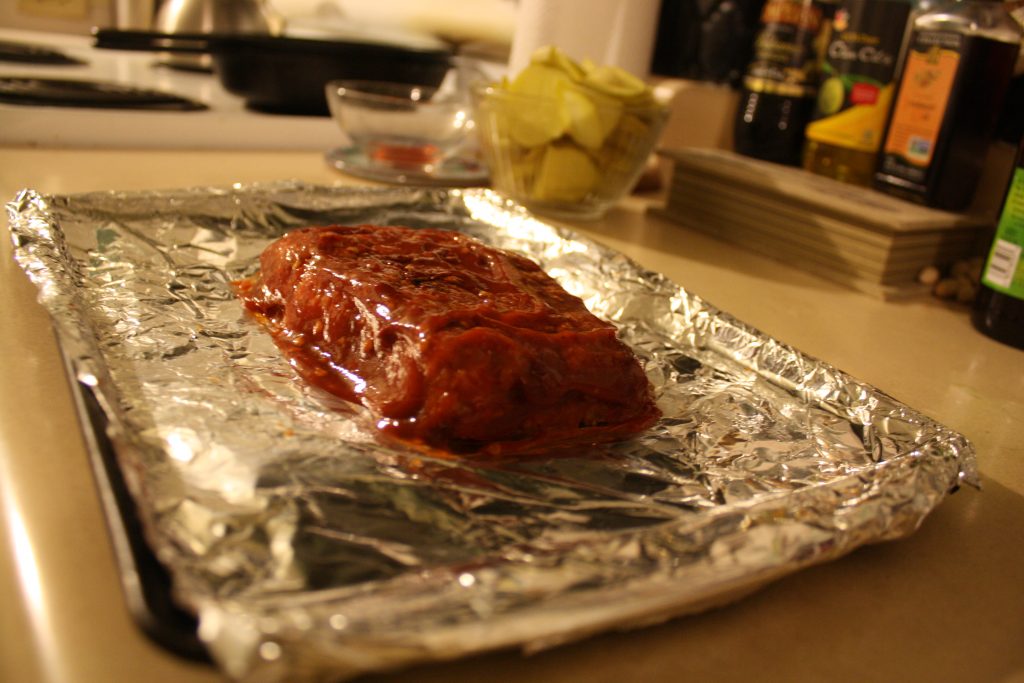It’s nice to know that in the United States of America, assistance is available if you need it. Whether it is for medical purposes or groceries, the government provides help through their welfare program for those who have a hard time making ends meet, depending on their income of course. Those who utilize food stamps, otherwise known as Supplemental Nutrition Assistance Program (SNAP), receive a certain amount to use each month. But, what happens if you do not use all of your benefits? Do food stamps roll over? And how did food stamps begin?
The History of Food Stamps
According to the United States Department of Agriculture (USDA), President John F. Kennedy initiated food stamps pilot programs after years of attempts by others to start a food assistance plan of action, with the first one being used in 1939.
“By 1964, the pilot programs had expanded from eight areas to 43 in 22 states with 380,000 participants,” the organization states in their article, which was last updated November 20, 2014.
Once the program was made permanent in 1964, changes would occur throughout the years, both positive and negative, causing the enacting of cutbacks, recognizing the domestic hunger problem, and so on. But, during 1988-2004, the USDA mentioned that Electronic Benefits Transfer (EBT) was implemented, which is an electronic system hosting an account with the participant’s name where funds are deposited automatically each month. A debit-type card is provided to the recipient, which helped to reduce fraud as well as costs in printing and distributing paper stamps. We now simply refer to this as an EBT card.
Do Food Stamps Roll Over?
After doing extensive research, finding a straight answer proved to be difficult. However, here is what we found:
Each state has their own application for applying for food stamps, many being similar in following guidelines for maintaining a job (unless medically or mentally unfit to work) or losing all or some benefits should your household income increase. You are also responsible for reporting honestly to the government these changes to your income and proof of employment. Should you fail to do so, you will be subject to be banned from the program, a fine or jail time, particularly if you lie or withhold information multiple times.
Despite what many people may think or deduce, food stamps roll over will be carried over into the next month, AskTheExpert.com, a USDA online service, claims. In fact, FoodStamps.org states that even if you do not need food stamps anymore and do not use your EBT card, your SNAP benefits will remain on that card for up to one year. With no activity for a year, the state will remove the benefits from your card, AskTheExpert.com adds.
When benefits start does vary, though. States will typically go by case number, when you signed up, or the last digit of your social security number as Louisana does. You can review the full list of states on the USDA website here. How much you receive also varies and is dependent on net income of your house and household size.
In addition, FoodStamps.org also notes that in order to qualify your gross monthly household income must not exceed 130% of Federal poverty guidelines and your net monthly household income cannot exceed 100% of Federal poverty guidelines.
Going through tough times can be discouraging and defeating. The good news is that there is always hope. There are ways you can improve your credit and overall net worth. It does take time and dedication, but a supplementary income may help as well.
Have you ever had to use SNAP benefits? Did you ever have any left in a month? Feel free to share your thoughts in the comments below or how you were able to stop using the program.
Jenn Clark is a writer, PR specialist, entrepreneur, blogger and coffee enthusiast. A lover of laughter, traveling and cheese, she’s written about her life experiences here at suburbanfinance while at the same time growing other young professionals. You can find more of her work at Jennblogs.co.

